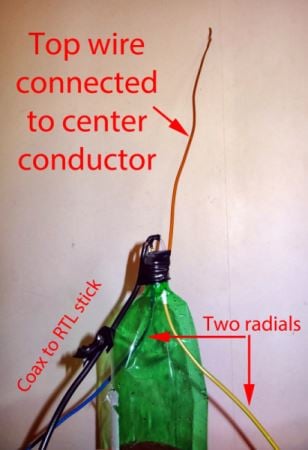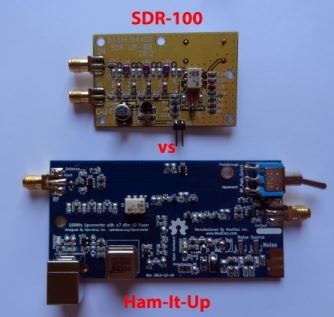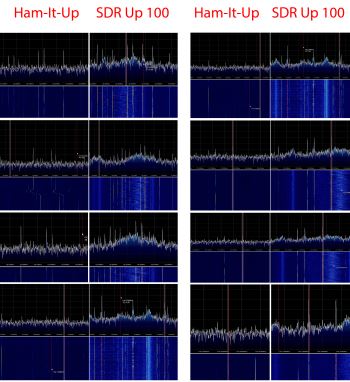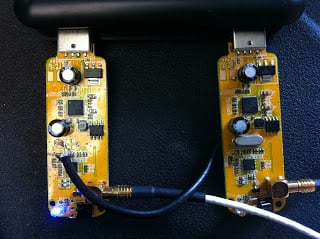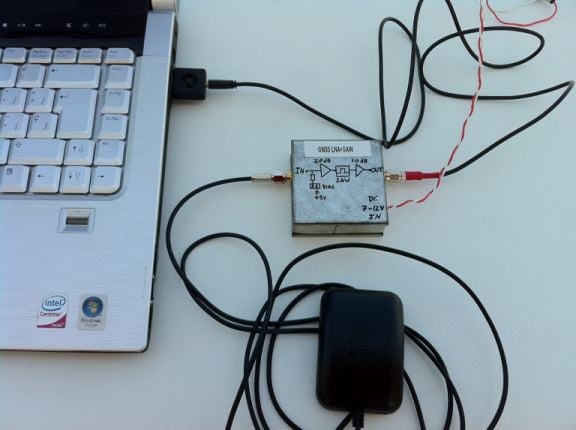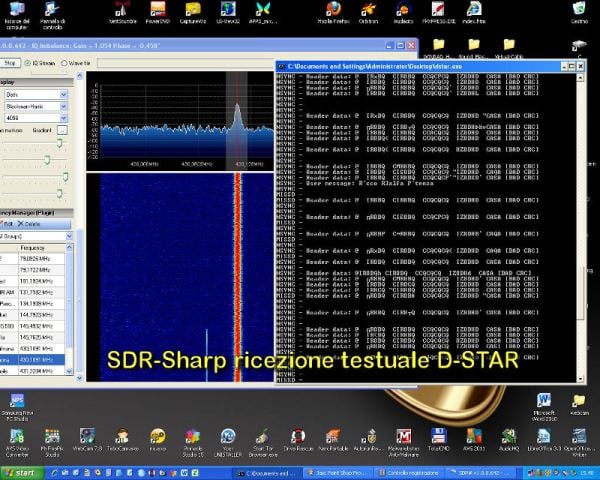Detecting the Perseids Meteor Shower with an RTL-SDR Passive Radar
Amateur radio hobbyist EB3FRN has made a post on his blog showing how he was able to use an RTL-SDR to act as a passive radar and detect meteors from the Perseids meteor shower. To do this he tuned to 143.050 MHz which is the the frequency of the Graves radar, a French space surveillance radar used to spot satellites and detect their orbits. He then used the Baudline software to record the radar signal scatters which occur when a meteor reflects the Graves radar signal.
